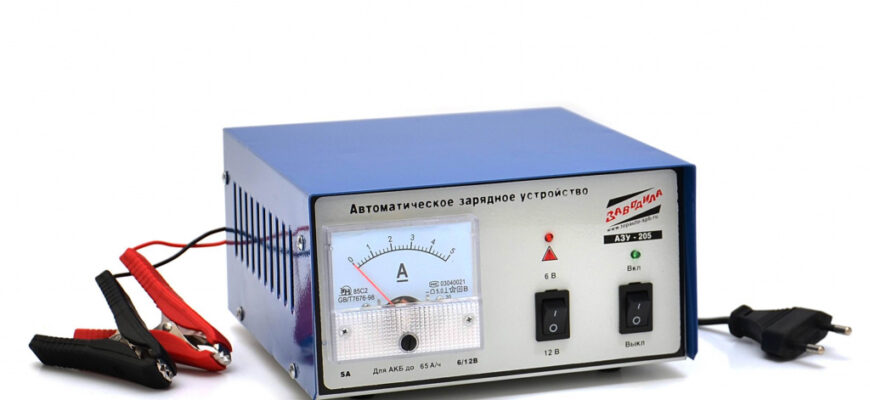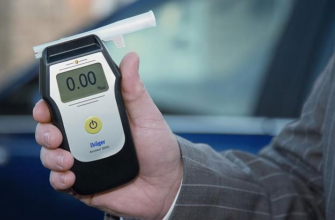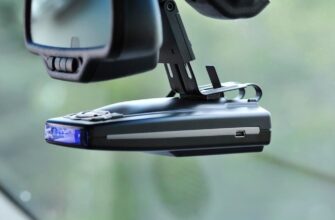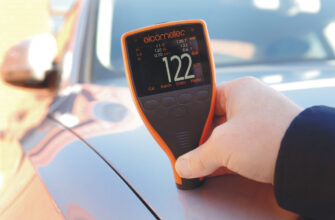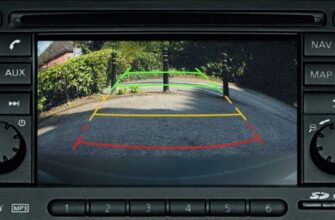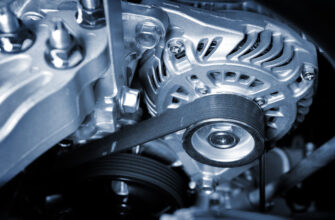Even the best quality battery tends to discharge if used improperly. To replenish its charge, you can use the services of a neighbor and simply 'light it up' by entrusting the subsequent charging to the generator, or you can remove the battery and connect its charger, set the required current and replenish the charge with it. All that is required in the second case is to have a compact battery charger on hand.
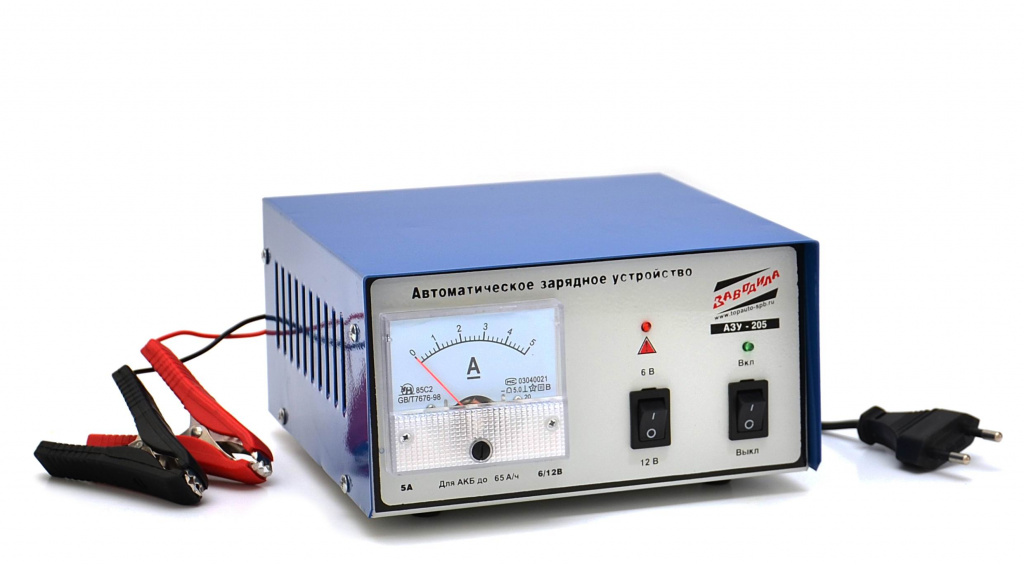
!
We recommend reading this article from an expert on choosing the best battery for your car.
- Top Charger Manufacturers
- Types of car chargers
- Chargers according to the principle of operation
- Transformer chargers
- disadvantages
- Impulse chargers
- disadvantages
- Charger selection options
- Battery charging principle
- Availability of control equipment
- Desulfation mode
- Test equipment
- Features of choosing a charger for a car battery
Top Charger Manufacturers
Modern chargers for car batteries are high-tech devices that allow you to control the generated current down to several milliamperes, thereby ensuring trickle charging. The best models are considered to be from well-known manufacturers of automotive electronics:
-
Varta;
-
Bosch;
-
Delphi;
-
Htachi;
-
Mitsubishi;
-
Topla;
When choosing a charger for a battery, it is necessary to focus not only on the performance characteristics of the device and the parameters of the installed battery on the car, but also on user reviews highlighting the strengths and weaknesses of a particular model. The easiest way to find such information is on the Internet by setting the appropriate search query, as well as in various public social networks and on thematic automotive forums.
Types of car chargers
Modern car chargers are classified in different ways, but the most correct is the division into types depending on the functionality of the device, as well as the principle of its operation.
Chargers according to the principle of operation
Transformer chargers

Time-tested models, widely used in the last century. They are based on a step-down transformer, 220 Volts are supplied to the primary winding, and 12 Volts are removed from the secondary. Suitable for charging a wide variety of 12-volt batteries.
Advantages
-
Inexpensive;
-
Wide range of compatible batteries;
-
Unpretentious in care and maintenance;
-
Simple construction;
disadvantages
-
Very heavy;
-
Not suitable for modern batteries with charge microcontroller;
-
No fine adjustment of the degree of charge;
-
Large dimensions;
Impulse chargers
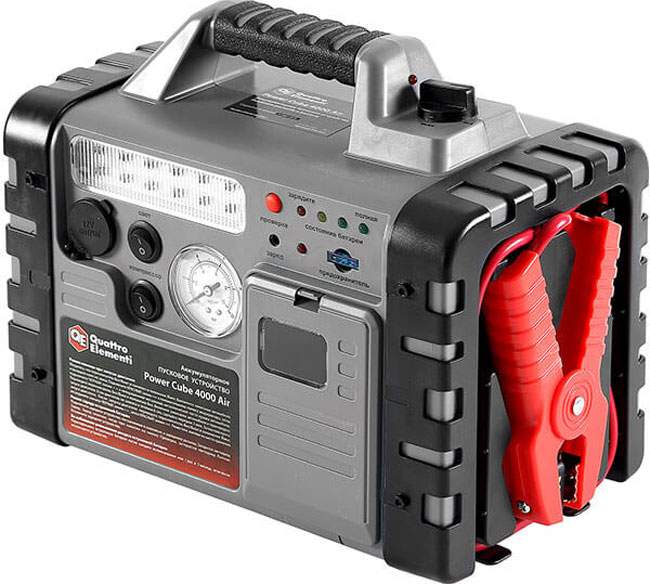
The modern type of devices, which are based on a semiconductor circuit for processing incoming current. The microcontroller, installed in the case, allows you to precisely regulate the output current and change its strength with an error of up to 0.1 Ampere, which is important when 'reanimating' completely discharged batteries.
Advantages
-
Compact and miniature;
-
Convenient and easy to operate;
-
Wide range of current output adjustment;
-
Suitable for the most modern batteries;
disadvantages
- Expensive;
According to the principle of operation, all devices of this class are divided into two categories:
-
Chargers are traditional chargers that generate current of the same frequency and strength. Designed for slow and monotonous replenishment of the battery capacity. The disadvantage is often a long charge, which can take 10-12 hours;
-
Start-up chargers look much better in this regard. They allow not only to generate a uniform current to charge the battery, but also to issue a short-term high-frequency pulse, allowing the vehicle to start even in the most adverse conditions. The disadvantage of such a device is the relative high cost.
Charger selection options
Having selected the appropriate type of device in accordance with the battery installed on the car, it is necessary to pay attention to its key features that have the most direct impact on operation.
Battery charging principle
-
Constant voltage, alternating current. A common scheme in which the current supplied by the charger adjusts to the state of charge, decreasing to minimum values by the end of charging. This principle is good because the battery practically does not lose capacity over time;
-
Direct current, alternating voltage. A rather intensive method, which is characterized by fast charging, but can lead to early battery aging. For some battery models, this method is the only possible one.
-
Combined type. The device is equipped with a microcontroller that allows you to change both the voltage and the strength of the current supplied during the charging process, adjusting to the state of the battery and choosing an algorithm suitable for charging.
Availability of control equipment
An important criterion that makes it possible to fine-tune the current supplied to the battery terminals. It can be presented in the form of an induction ammeter with a regulating knob, changing the position of which changes the position of the arrow of the device. The most advanced are digital devices that regulate the supplied current with an error of up to 0.1 Ampere. The maximum output current should range from 8 to 15 amperes, thereby allowing you to work with a wide variety of batteries, regardless of the voltage and current they produce.
It is also useful to adjust the output voltage. Models are considered universal, giving the ability to set a voltage in the range from 6 to 24 volts – this is the current required in order to be able to charge all modern batteries without exception.
Desulfation mode
Under specific operating conditions, as well as with prolonged idle time, sulfates can form on the battery plates, which lead to a significant, up to 60-70 percent, decrease in the battery capacity. This mode makes it possible to neutralize the formed sulfates, and also performs at the initial stage charging with microcurrents that can restore the battery capacity.
Test equipment
A special microcontroller allows, when connected to the battery terminals, to measure the residual capacity of the battery, the output voltage and current, as well as the electrolyte density, thus making it possible to assess the general condition of the battery and take appropriate measures to 'reanimate' it.
Features of choosing a charger for a car battery
Taking into account the numerous features of modern battery models, as well as a large number of electronic units that are energy consumers in modern cars, the choice of a charger should be given special attention. It is not worth saving on a device, it is better to give a choice in favor of a device that:
-
Capable of not only charging the battery, but also generating a short-term impulse to start the car;
-
Has a range of output voltage from 6 to 24 Volts and current from 0 to 15 Amperes;
-
Equipped with a microcontroller that provides flexible adjustment of the output current depending on the technical features of a particular battery;
-
Has a battery condition tester, which allows for initial diagnostics;
-
Equipped with desulfation mode;
Attention! This material is the subjective opinion of the authors of the project and is not a purchase guide.

